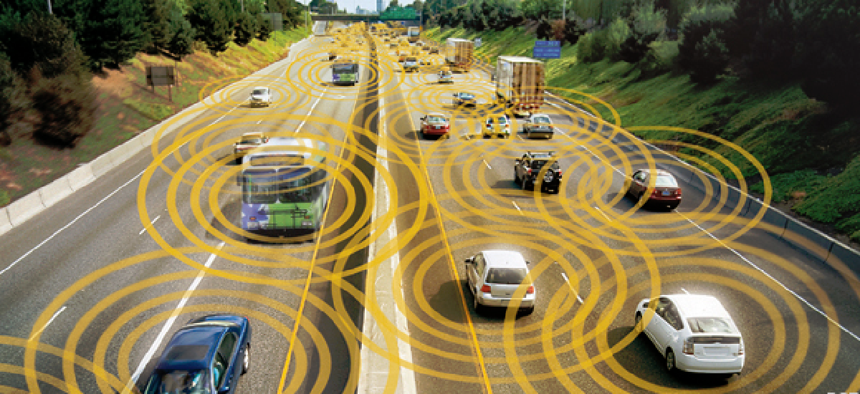Practice lanes for driverless-vehicle tech

Autonomous vehicles will learn to navigate the complexities of urban and suburban driving in two recently established off-road cities.
Where do self-driving cars go to driving school?
Some go to the University of Michigan at Ann Arbor, Mich., where an off-roadway cityscape presents a broad range of complexities that vehicles encounter in urban and suburban environments. Others go to the former Concord Naval Weapons Station in Concord, Calif.
Scheduled to be completed this fall, U-M’s Mobility Transformation Facility includes the sights and hazards found in city driving: four-lane roads with intersections, roadway markings, traffic signs and signals, sidewalks, benches, simulated buildings, streetlights, parked cars, pedestrians and construction barriers.
The facility was designed and constructed in partnership with the Michigan Department of Transportation and is available for companies to work collectively on big-system issues and technological advances, , such as vehicle-to-vehicle (V2V) communications.
MDOT is also working with General Motors, Ford Motor Co., and a U-M consortium to deploy vehicle-to-infrastructure (V2I) communications-enabled corridors on more than 120 miles of Metro Detroit roads.
The transportation agency will equip state highways with a network of sensors and cameras that collect data to be communicated to V2V and V2I-enabled vehicles. Cameras and sensors will be located on certain state highways, including up to a half-mile off of the highway.
“It is important for us to try to collect statistically meaningful data about the performance of self-driving cars.” said John Leonard, a professor at MIT who led the development of a self-driving vehicle for a challenge run by DARPA in 2007. “Repeated operations – even in a small-scale environment – can yield valuable data sets for testing and evaluating new algorithms,” he told MIT Technology Review.
In California, the Contra Costa Transportation Authority and Mercedes-Benz test site in Concord will run simulation tests with self-driving vehicles, including specific hazardous situations.
The site is one of the country’s few operational test bed sites that provides real-world infrastructure and equipment to facilitate testing of new transportation technology, including traffic signals that communicate with cars and connected and autonomous driving vehicles.
In February, the Transportation Department’s National Highway Traffic Safety Administration announced it would begin to take steps necessary to enable new V2V technologies in light cars and trucks, bringing the dream of systematic highway safety closer to reality.
The new V2V technologies would help vehicles avoid crashes by allowing them to exchange safety data, including vehicle speed and positioning information, through a combination of roadside data-gathering sensors and in-vehicle devices.





